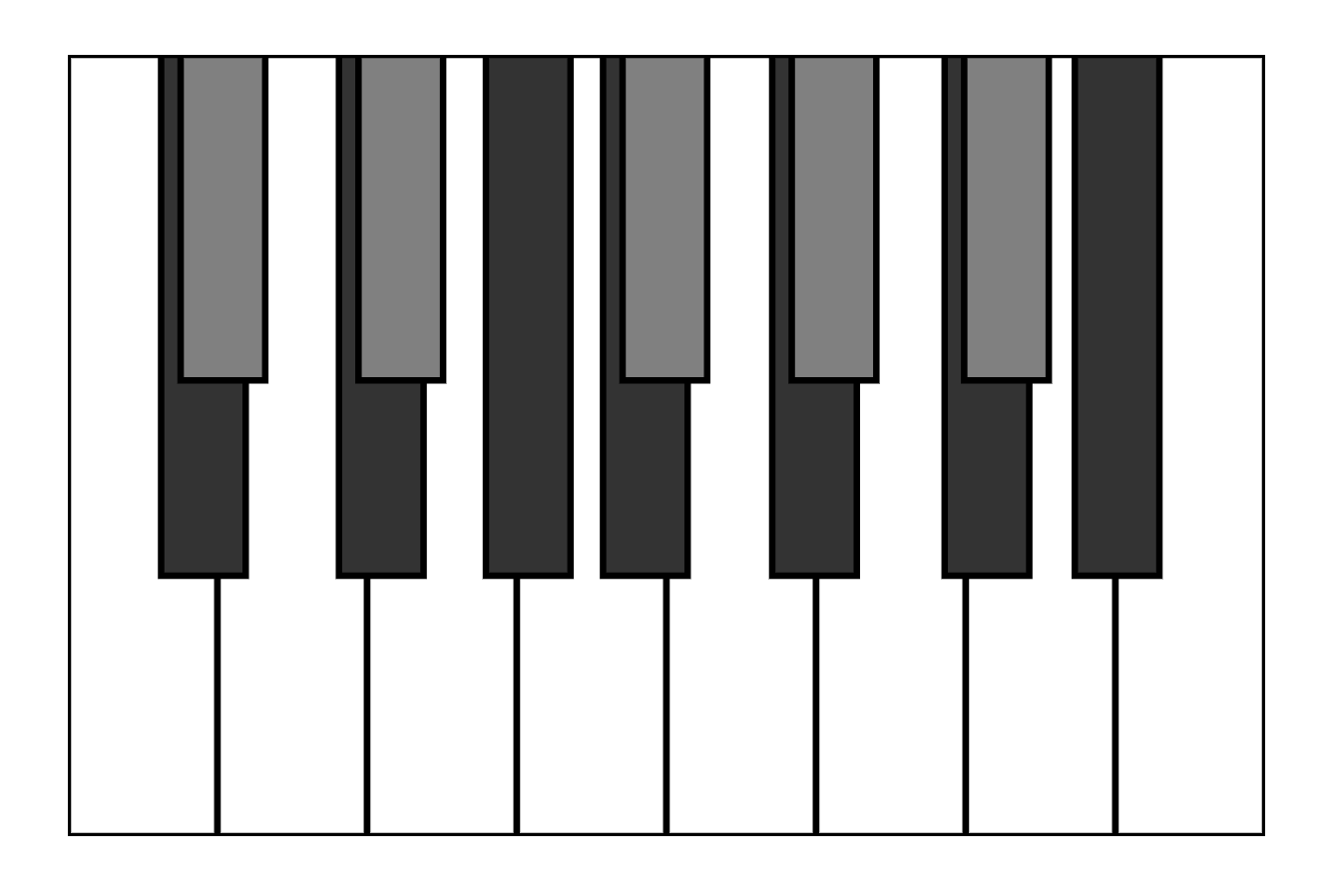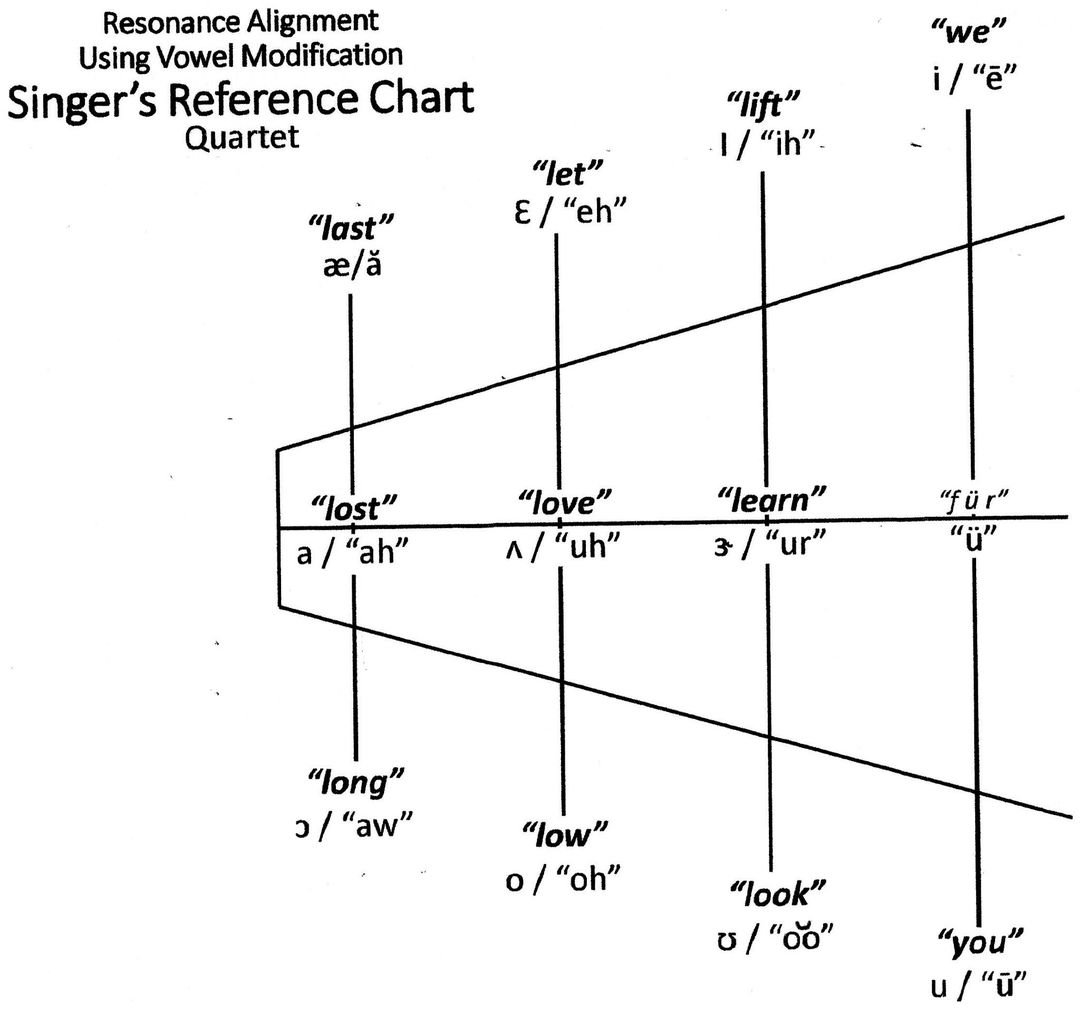Resources for barbershop nerds
Over the years many resources have helped us on our journey to barbershop nirvana. Here, we include just a few for serious barbershop fans to enjoy. Got something really cool you think we’re missing? Let us know!
Tuning by numbers
This is a presentation we gave at BABS Harmony College and LABBS Convention in 2019.
It’s a collection of thoughts about tuning in the Barbershop style.
Download Course notes
Download Powerpoint
Ringmasters videos from Dan Wright
There are a number of great videos in this series. Here’s a link to one interesting one.
Ringmasters were the 2012 International Barbershop Quartet Champions.
11 Chords of barbershop
Simon Rylander prepared this amazing resource back in 2008. It’s very interesting reading, and concerns the ratio of frequencies in common barbershop chords..
Dave Stevens - What are we trying to preserve?
Dave Stevens of the Barbershop Harmony Society gave this amazing presentation way back when (we have no idea). It speaks a lot to our idea of what music is really about.
IF YOU’RE really nerdy for maths, like us…
Check out this Fourier transform applet, that shows how any waveform can be made up of combinations of sine and cosine waves. BARBERSHOP.
BARBERSHOP ARRANGING: A MODERN GUIDE
For 40 years, the only publicly barbershop arranging resource of any significance was the BHS arranging manual. Enter Chris Lewis. Check this out for a readable, insightful introduction to contemporary barbershop arranging.
JUst intonation keyboard
Who doesn’t love a just intonation keyboard? We sure do! Especially this excellent one by Academo.
RESONANCE MATCHING
Scott Kitzmiller has pioneered a method called “resonance matching”. The idea is hard to explain here, but in short, each vowel we might sing can be classified into a column with other vowels. (N.B., for an english accent, change the words in the first column to “Cat, Car, Caught”).
Two singers (and ultimately four singers) can begin by singing an “ah” sound. One singer may need to sing towards an “caught” sound, or towards an “cat” sound in order to match the resonance. They will find they need to sing consistently “down the chart” or consistently “up the chart” for most of their vowels.
We have found this most helpful as an exercise to explore matching resonance. Once a good resonance match is found, the singer must make sure they have both high frequency and low frequency resonance - not just one or the other!








